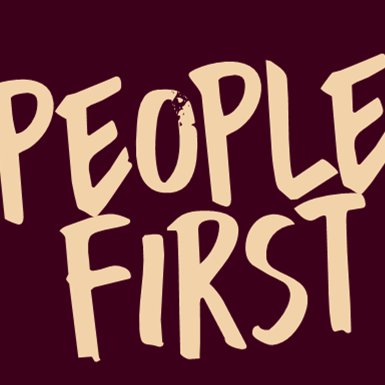Good Brands Make a Move, but Great Brands Plan for the Response
A race car driver can go incredibly fast and still crash if they only focus on what is directly ahead.
2 min read
 Bovitz
Aug 14, 2025 10:10:17 AM
Bovitz
Aug 14, 2025 10:10:17 AM


“If all segmentation ends up being is a report, it’s like a tree falling in the forest with no one around to hear it. It has no impact.”
– Jason Brooks, Chief Research Scientist
Segmentation can be one of the most powerful tools in business. But most companies don’t get the value they expect from it.
The problem? Segmentation is often treated like a statistical exercise. Run a cluster analysis. Create some personas. Move on. But when it isn’t anchored in business decisions, designed with real-world context, and built for activation, it fails to deliver.
Segmentation is a tool for prioritization. No business has unlimited time, budget, or attention. Every decision is a trade-off. Done right, a segmentation should help a business make smarter decisions about where to focus and the actions to take to optimize results.
Here’s where money gets wasted, and how to avoid it:
Effective segmentation starts with a business objective. Without that, you’re just grouping people without direction.
Segmentation should help answer:
When teams skip this step, they often end up with segments that may look interesting but don’t lead to real decisions. That is how studies get shelved and budgets get wasted.
Strong segmentation uses sampling, survey, and analysis approaches tailored to the business objectives, not just the latest statistical cluster analysis technique. Different approaches for different needs.
The approach should take into account category dynamics, behavior science, foundational knowledge about your market and customers, and the business decisions and objectives at hand. Sometimes, this entails segmenting people. Other times, it means segmenting moments or journeys.
Take hotel decisions, for example. The same guest has very different needs depending on whether they are traveling for business, taking a family vacation, or escaping for a weekend getaway. Segmenting the person without considering the occasion misses a crucial aspect of what actually drives behavior.
A useful segmentation connects to strategic and tactical decisions, not just statistical robustness.
Even great segmentation fails when it doesn’t get used.
We once inherited a segmentation built for a media company looking to improve ad targeting. The analysis was strong, but no one had involved the data team. Key variables were missing. The data lived across a variety of unconnected databases. The model couldn’t be implemented.
That was not a research problem—it was a change management problem.
Segmentation must be designed with the organization in mind. That includes systems, workflows, and people. It also requires a process to bring teams along. People need to understand the segments, yes—but also need support to act on them. That means working with internal teams, partners, and retailers to activate the findings in the real world.
Even then, success stalls if the findings challenge a key stakeholder’s assumptions. Imagine a shampoo brand investing heavily in a premium custom line with niche scents and benefits. If segmentation revealed greater potential in a few mass-appeal profiles that could scale, leadership might resist—until they saw the segment come alive through real customer videos and shop-alongs showing buyers choose shampoo quickly, habitually, and with strong brand loyalty. That shift could turn a niche product into a high-reach launch that beats projections.
We employ a proprietary change management approach to improve organizational readiness and business impact.
We lead with strategy. Every segmentation starts by aligning on your business goals and what decisions the work will support.
We are specialists. Segmentation is a core capability, not a side service. We build segmentation frameworks that reflect real behavior, market dynamics, and the realities of execution.
We drive change. Our team understands how people work, how companies move, and how to build the alignment and momentum needed to turn insights into action.
If you’re ready to stop wasting money on segmentation and start making it count, let’s talk.

A race car driver can go incredibly fast and still crash if they only focus on what is directly ahead.

Tracking studies are among the most valuable tools a business can have, but the word “tracking” undersells their potential.